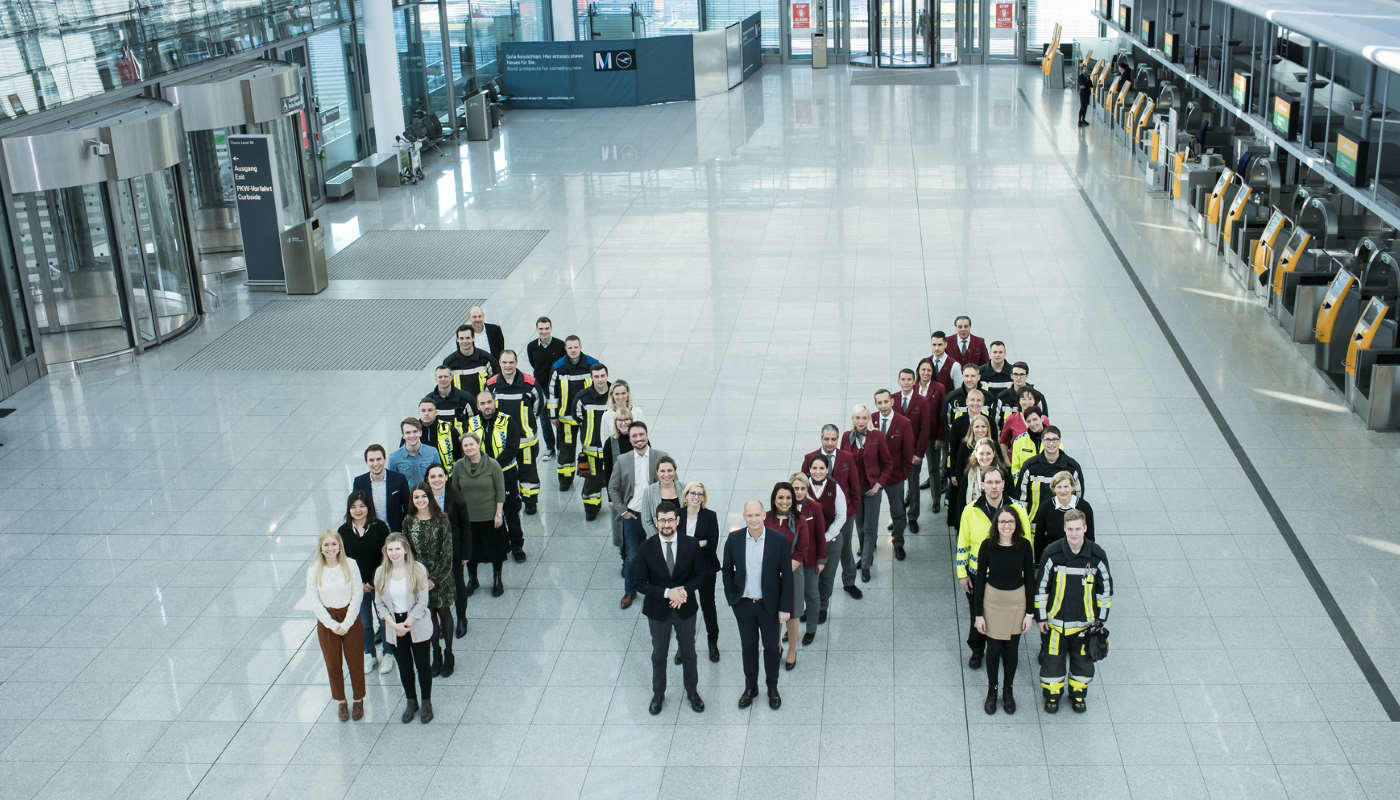While there are a variety of different configurations when it comes to operational coordination, the underlying principle remains the same: a command center that orchestrates operations and acts as a central hub for communications. The center fosters collaboration and provides stakeholders with a common situational awareness, streamlining landside and airside processes.
You can think of an AOCC as a clockwork; it works best when all the gears mesh together neatly. This requires establishing procedures that define the framework on how the center operates and communicates with remote control rooms and external stakeholders. This framework lays the groundwork for collaboration among various entities such as airlines, ground handlers, security personnel, and airport authorities.
Integrated systems and technological advancements are essential drivers of the control center operation. Technology enables the integration of various data sources, such as air traffic information, resource management, passenger data, and flight status. Having access to real-time data from multiple systems, allows the team to make informed decisions and respond quickly to changing situations. Emerging problems can be identified at an early stage and can be responded to in a coordinated manner, e.g., in case weather-related deviations from regular operations.
With the availability of large amounts of data, AOCCs can leverage advanced analytics tools to gain insights and improve performance. The rise of artificial intelligence and machine learning is opening new data processing capabilities that are transforming the way we use data: Analyzing historical data patterns, predicting future trends, and optimizing resource allocation are benefits that lead to better planning and decision-making.






